Do you have a question about the Sekonic ST-50A and is the answer not in the manual?
Explains warning symbols used in the manual for operator safety.
Illustrates common hazard symbols and their meanings for user understanding.
Instructions for loading or changing the chart paper cassette.
Steps for installing or changing the instrument's batteries.
Guide for installing or replacing the temperature and humidity pens.
Procedure for connecting the external power supply.
Instructions for attaching an extension cable for remote sensor placement.
Steps to insert an SD card for data logging.
Procedure for safely ejecting an SD card.
How to initiate and terminate data recording.
Adjusting the speed at which the chart paper moves.
Setting the temperature display unit.
Activating a mode to conserve battery power.
Overview of storing measurement data on an SD card.
Procedures to begin and end SD card data saving.
Setting the frequency for data logging to the SD card.
Updating the instrument's internal date setting.
Updating the instrument's internal time setting.
Formatting the SD card to erase all data.
Configuring the temperature limits for chart recording.
Configuring the humidity limits for chart recording.
Explains the purpose of alarm indicators.
Configuring high and low temperature alarm thresholds.
Configuring high and low humidity alarm thresholds.
Resetting all alarm settings to default.
Displays the current setting for SD card data saving frequency.
Shows the current date on the LCD.
Shows the current time on the LCD.
The main display showing current readings and status.
Displays the active temperature recording range.
Displays the active humidity recording range.
Adjusting pen positions to align recording traces.
Adding manual marks on the chart paper.
Displaying derived humidity metrics.
Checking calibration status and accessing calibration options.
Adjusting the temperature sensor for accuracy.
Adjusting the humidity sensor for accuracy.
Performing a two-point calibration for humidity sensor accuracy.
Resetting sensor calibration to factory defaults.
Explains the purpose of pen position adjustment.
Verifying the current pen position adjustment.
Fine-tuning the temperature pen's position on the chart.
Fine-tuning the humidity pen's position on the chart.
Resetting pen position adjustments to default.
Regular checks to ensure optimal instrument performance.
Procedure for replacing the sensor unit.
Steps to replace the internal battery for the clock.
Describes the naming convention for data files.
Details the structure and fields of the saved data files.
General guidance for resolving operational issues.
Explains specific error codes and their solutions.
| Brand | Sekonic |
|---|---|
| Model | ST-50A |
| Category | Measuring Instruments |
| Language | English |

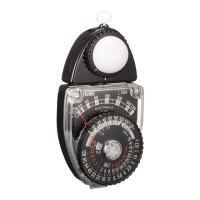
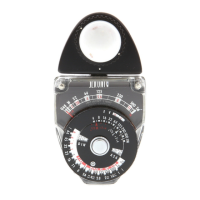

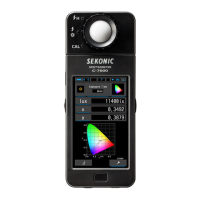
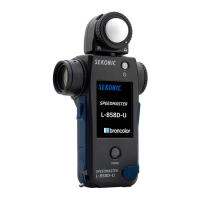
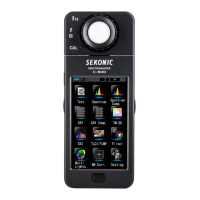

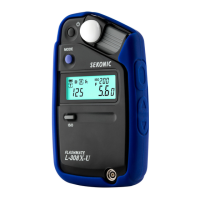
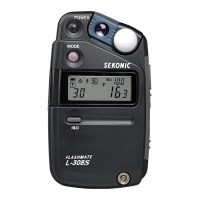
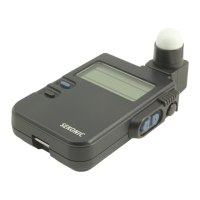
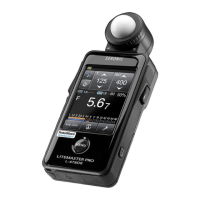
